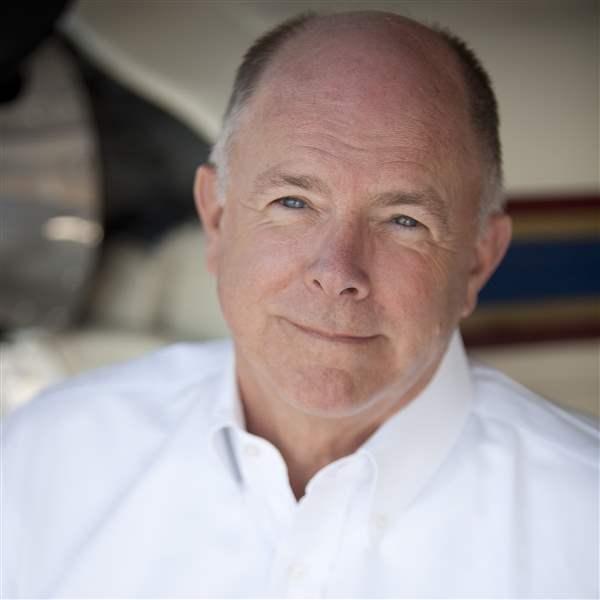Glide Performance: Stopping the prop
How well does a four-ton Caravan glide?

Demonstration pilot Bill Hoyer took me out to a Grand Caravan EX in one of Cessna’s huge hangars at its factory at Wichita’s Dwight D. Eisenhower National Airport. He had already told me about the ship’s newly approved McCauley four-blade propeller: how it had better ground clearance, made less noise, and looked sharp on the ramp. He was right. In a few minutes we were ready to take off from Runway 19L, and a few minutes after that we were east of the airport at 5,500 feet. And for an airplane that puts out 867 shaft horsepower, it was quieter than other Caravans I’d flown.
With an empty weight of 4,600 pounds, a maximum takeoff weight of 8,807 pounds, a 52-foot wingspan, eight seats, and a belly-mounted cargo pod—sitting so high you have to use its built-in ladder to get to the cockpit—the Caravan is one huge bird. But I’d say we were a tad light that day. With just the two of us and nearly full fuel tanks, we probably weighed 7,000 pounds.
The Caravan EX has a single Pratt & Whitney PT6A-160 turboprop engine. The PT6 series of engines uses a free-turbine design. That is to say the engine’s compressor section isn’t connected to the power turbine, which turns the gearbox, which in turn rotates the propeller. So the power turbine is, well, “free” of the rest of the engine. It’s the compressor’s hot gases that turn the power turbine, not a drive shaft.
This means that although the engine may be running, it’s not directly connected to the propeller gearbox—or the propeller. I’ve heard it said that you can hold on to the propeller and start the engine, and the propeller won’t turn. Like a lot of aviation yarns, I’ve got my doubts about that. So kids, please don’t try this at home.
Under Hoyer’s watchful eye, I reduced power using the power lever, and then reached up to grab the blue propeller control lever. I made certain I didn’t grab the red condition lever, because if I had yanked that back, the engine would have shut down—prop and all—and we would have be in a different sort of experiment. One that ends with an in-flight restart. I am certain Hoyer was also watching my hand, and thinking back on the days when he was the manager and chief pilot of Cessna’s company flying club.
Certain I had the prop lever in hand, I pulled it all the way back to the Feather position. The airplane surged forward as the prop blades feathered and reduced drag. But the engine kept on running. And there it was: the stopped prop, right in front of us.
Best glide speed for this tank of an airplane is 95 knots, so I pitched for that and checked our vertical speed. Amazing! We were descending at a mere 500 fpm. Hoyer said our glide ratio was something like 14:1, meaning that for every 14 feet forward, we lost a foot of altitude. That’s better than the Skyhawk’s 9:1 glide ratio. Over the Kansas flatlands we had our choice of any number of great landing spots, if it came to that.
Now I’m wondering how the Caravan would do without its prop feathered. Worse, of course. But not as bad as you might think. With the prop unfeathered, flaps still retracted, and power to flight idle, we saw a descent rate of 1,500 fpm at 95 knots.
Mission accomplished, and another memorable logbook entry.
Email [email protected]



